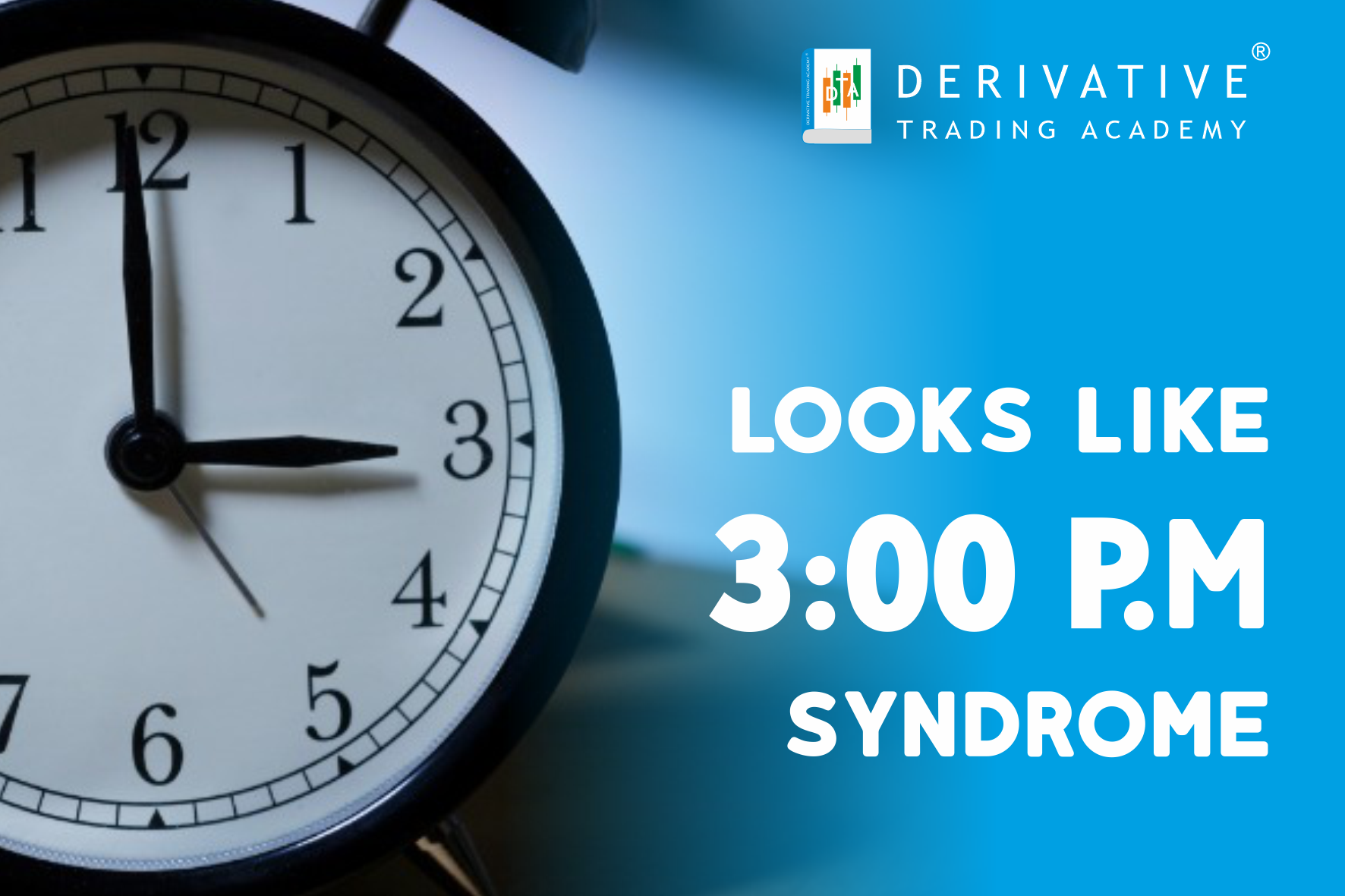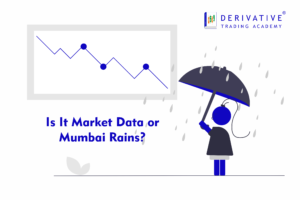Looks like 3:00 PM Syndrome!

The last half hour of the trading session has more than often changed the whole structure of Nifty price movement. From a good rising market to a sudden jolt of weakness in the first few minutes post 3.00PM followed by further weakness or at times a weak markets sees a straight line uptick. So, why do these jolts or sudden spurts happen?
Understanding VWAP:
VWAP stands for Volume Weighted Average Price. At day end for cash, futures and all option strikes, you will see two prices; closing price and settlement price. Closing price is the last tick while the settlement prices is the VWAP. It is calculated by taking into account the Value traded divided by the Volume traded in any stock from 3.00PM to 3.30PM. So, if a stock traded 100 crores value worth and the volume was 1 crore, the VWAP price will be 100. This is the price at which the Mark to Market of derivative trades are calculated and the NAV for all the MFs and Insurance schemes are considered.
Index Calculation:
An index is an accumulation of multiple stocks with specific weights. For instance, Nifty has 50 stocks with specific weight for each stock. Similarly, there are broad based indices, Sector indices and Thematic indices. Now, the end of day value for all these indices are calculated using the VWAP price of the stocks which constitute these indices. So, if you invest in any index fund they need to be as close to the end of the day value to avoid tracking error.
ETF Impact:
ETF, stands for the Exchange Traded Funds. These funds are of two types: active and passive. The funds which are actively managed by fund managers, where they decide the stocks and weights of the stocks owned are active funds.
So, the funds which are run by various fund housed can be kept the borses for trading if one understands what is their right price at any given point and time. It is difficult run a live NAV of these funds as one doesn’t know how the funds are being churned on a live basis.
The other type of funds are passive funds. Here, an index is replicated completely. So, if you take an index like Nifty and buy its constituents as per the weight assigned to them in the index, it is a passive fund. If Nifty moves up 1% so does the NAV and vice versa. Such funds can be easily put on the bourses to trade. As the market participants can value them easily based on the movement in the underlying index. All, these funds are Exchange Traded Funds or ETFs. Simply speaking, take an index; replicate it completely and put the fund of the bourses to trade.
There are multiple providers of index services, like S&P, CNX, FTSE and MSCI. Collectively, globally the money managed by passive funds via such ETFs is similar to active funds. For instance, in USA funds are nearly $4.3 tn in AUM same as active funds. Also, let’s not miss the fact that 50% of FII money in India is from USA. So, a lot of this money comes to India as well.
The whole concept of low cost funds, which guarantees market equivalent returns has enthused investors a lot post 2008 crisis. Currently, ETFs launched by Indian MFs have an AUM of nearly 80,000 crores.
These ETFs are not just restricted to a country. There are indices like MSCI India Index, MSCI Emerging Markets Index, MSCI World Large Cap Index, MSCI World Small Cap Index and so on. Indian stocks are there in all these indices. Whenever, there is an inflow or outflow to match the VWAP and keep the tracking error at the lowest levels these trades are executed between 3.00PM and 3.30PM. This leads to sharp spikes or plunges in Index levels during the last half hour.
Happy Trading!!!
Cheers.




